Indoor gardening has gained popularity in recent years, particularly among urban dwellers and those with limited outdoor space. Growing plants indoors can offer numerous benefits, from improving air quality and boosting mental well-being to providing fresh produce right at your fingertips. With the right approach and care, even small spaces can be transformed into thriving green sanctuaries.

In this article, we’ll explore various aspects of indoor gardening, including choosing the right plants, creating an indoor garden space, understanding the basics of light, water, and nutrients, and addressing common challenges. Whether you’re a seasoned gardener looking to expand your indoor plant collection or a beginner interested in cultivating an indoor oasis, this guide will provide valuable insights and tips for growing plants in small spaces.
Selecting the Right Plants for Indoor Gardening
Houseplants for Low-light Conditions
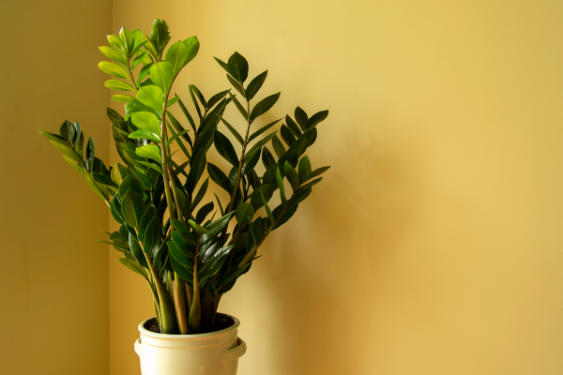
When choosing plants for indoor gardening, it’s essential to consider the light requirements of each species. Many popular houseplants, such as snake plants (Sansevieria), pothos (Epipremnum aureum), and ZZ plants (Zamioculcas zamiifolia), can thrive in low-light conditions, making them ideal for rooms with limited natural light.
Edible Plants Suitable for Growing Indoors
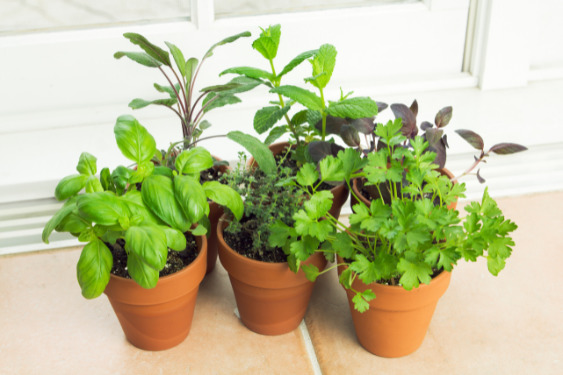
Growing edible plants indoors can be both rewarding and practical. Herbs like basil, parsley, and chives are excellent choices for windowsill gardens, while leafy greens such as lettuce and spinach can be grown in containers. Microgreens and sprouts are also perfect options for small indoor gardens, as they can be harvested in a short period and require minimal space.
Air-purifying Plants
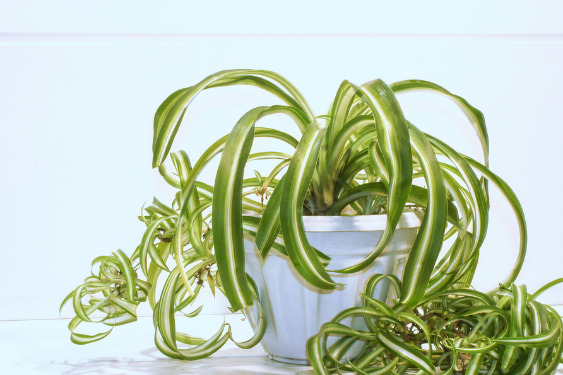
Some indoor plants are known for their air-purifying properties, which can help improve the air quality in your home. Spider plants (Chlorophytum comosum), peace lilies (Spathiphyllum), and Boston ferns (Nephrolepis exaltata) are just a few examples of houseplants that can remove harmful pollutants from the air.
Succulents and Cacti
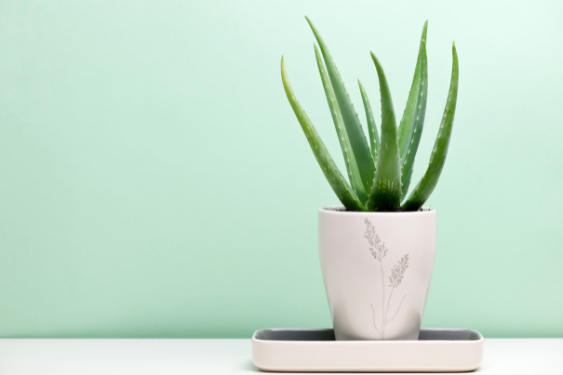
If you’re seeking low-maintenance plants, succulents and cacti are ideal choices for indoor gardens. These hardy plants are adapted to store water, making them drought-tolerant and perfect for busy or forgetful gardeners. Some popular options include jade plants (Crassula ovata), aloe vera (Aloe barbadensis), and various species of Echeveria.
For even more information about selecting the right houseplants for your indoor garden, check out this highly-rated book on Amazon, ‘Houseplants: The Complete Guide to Choosing, Growing, and Caring for Indoor Plants.‘ As an Amazon affiliate, we may earn a commission from qualifying purchases through this link, which helps support our content at no additional cost to you.
Creating an Indoor Garden Space
Utilizing Windowsills, Shelves, and Wall Space

When planning your indoor garden, make the most of your available space by using windowsills, shelves, and wall space. Windowsills provide ample light for sun-loving plants, while shelves can be used to display a variety of plants at different heights. Wall-mounted planters and hanging baskets are also great solutions for utilizing vertical space in small rooms.
Vertical Gardening Solutions for Small Spaces
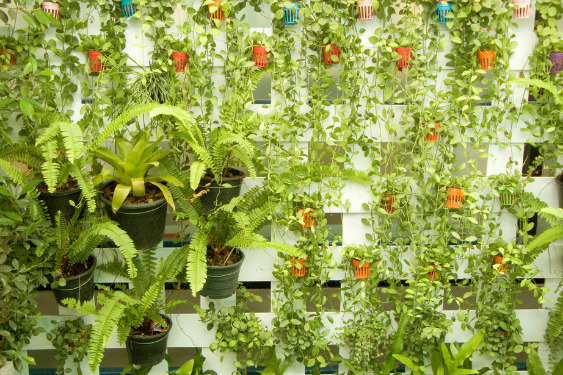
Vertical gardening is an innovative approach to growing plants in tight spaces. You can create a green wall using living wall planters, trellises, or even repurposed pallets to support climbing plants or small pots. Vertical gardens not only maximize your growing space but also add visual interest to your indoor living areas. For more information on vertical gardening, check out our guide on “Maximize Your Garden Space: A Comprehensive Guide to Vertical Gardening.”
Choosing Containers and Pots for Indoor Gardening
Selecting the right containers and pots is crucial for indoor gardening success. Ensure the containers have drainage holes to prevent waterlogged soil, which can lead to root rot. Consider using lightweight materials like plastic or fiberglass, especially for hanging planters, to reduce the weight on your walls or ceiling. Choose pots that complement your interior design and consider the size of the plant when it reaches maturity. For more tips on container gardening, see our article “Creating a Thriving Container Garden: Tips for Success.”
Indoor Gardening Basics: Light, Water, and Nutrients
Understanding the importance of light for indoor plants

Light is a critical factor in plant growth, and providing adequate light is essential for indoor gardening success. Assess the light conditions in your home and choose plants accordingly. South-facing windows receive the most sunlight, while north-facing windows receive the least. Supplement natural light with grow lights if necessary, especially for sun-loving plants.
Watering techniques for indoor plants
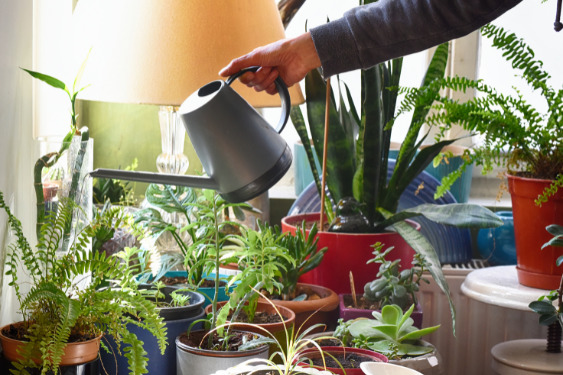
Proper watering is crucial for maintaining healthy indoor plants. Overwatering and underwatering are common issues in indoor gardening. Develop a watering routine based on the plant’s specific needs and the humidity level in your home. Use a moisture meter or your finger to check the soil moisture before watering. When in doubt, it’s generally better to underwater than overwater.
Providing nutrients through fertilizers and soil amendments
Indoor plants need nutrients to grow and thrive. Regularly apply a balanced, water-soluble fertilizer, or use slow-release granules for extended feeding. Choose organic fertilizers and soil amendments whenever possible to reduce the risk of chemical buildup in the soil. Be sure to follow the recommended dosage instructions on the product label, as too much fertilizer can harm your plants.
Common Challenges and Solutions for Indoor Gardening
Dealing with pests in an indoor garden
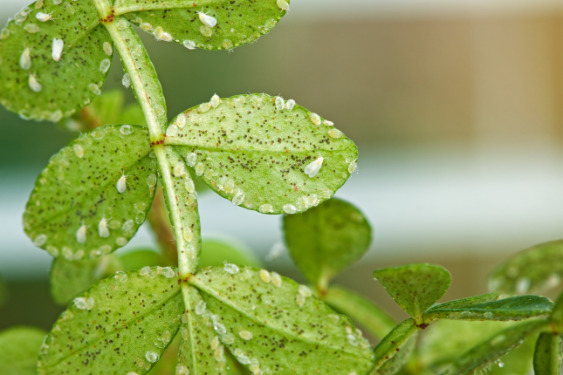
Pests can be a significant challenge in indoor gardening. Regularly inspect your plants for signs of infestation, and promptly address any issues. Use non-toxic pest control methods like neem oil, insecticidal soap, or diatomaceous earth to manage pests. Keeping your plants healthy and stress-free will also make them more resistant to pest infestations.
Managing humidity and temperature

Indoor plants often require specific temperature and humidity levels to thrive. Monitor the temperature and humidity in your indoor garden space and adjust as needed. Use a humidifier or place a tray of water near your plants to increase humidity, and consider using a fan to improve air circulation. Be mindful of drafts and temperature fluctuations near windows and heating vents.
Preventing root rot and other common plant diseases
Preventing root rot and other common plant diseases: Overwatering and poor drainage can lead to root rot and other plant diseases. Ensure your containers have drainage holes and use a well-draining potting mix. Water your plants according to their specific needs and avoid letting them sit in standing water. If you’re interested in starting a vegetable garden, be sure to read our “A Beginner’s Guide to Starting a Vegetable Garden.”
Incorporating Smart Technology for Indoor Gardening
Using smart pots and self-watering containers
Smart pots and self-watering containers can help simplify your indoor gardening routine by automating the watering process. These systems typically have built-in reservoirs that release water gradually, ensuring consistent moisture levels in the soil. They can be particularly helpful for busy gardeners or those who travel frequently. Many self-watering containers also have water level indicators, making it easy to know when it’s time to refill the reservoir.
Monitoring and controlling the indoor garden environment with smart devices
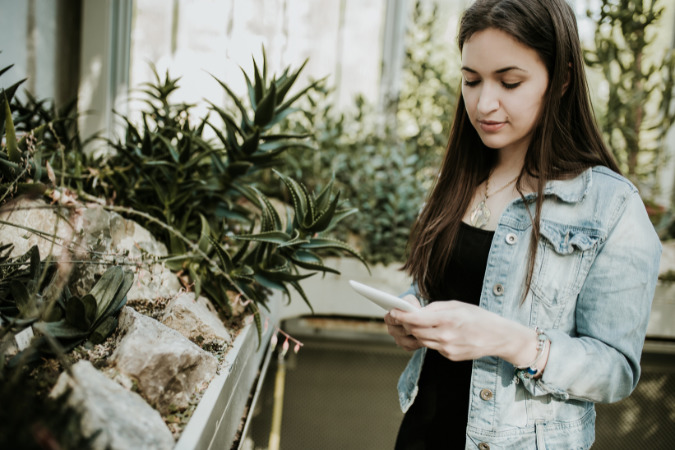
Smart technology can help you monitor and maintain optimal growing conditions for your indoor garden. Devices such as smart thermostats and humidity sensors can help you regulate temperature and humidity levels, while smart plugs and timers can be used to control lighting schedules. Smartphone apps and Wi-Fi-enabled devices can provide real-time updates on your indoor garden’s status, allowing you to make adjustments remotely and ensuring your plants receive the best possible care.
Indoor gardening offers a world of possibilities for plant enthusiasts who have limited outdoor space or simply want to bring nature indoors. By creating a dedicated indoor garden space, understanding the basics of light, water, and nutrients, addressing common challenges, and incorporating smart technology, you can successfully grow a wide variety of plants in the comfort of your own home. Give indoor gardening a try, and enjoy the numerous benefits it can provide, from improving air quality to boosting your mood and adding beauty to your living space. There’s never been a better time to start growing your own indoor garden oasis.
